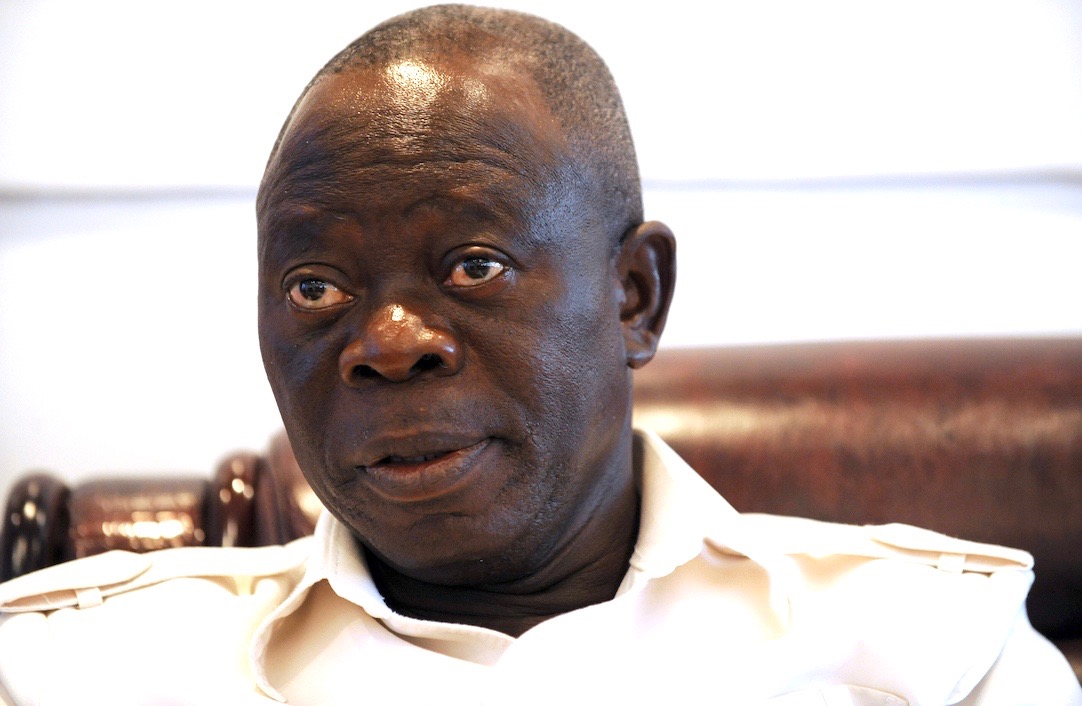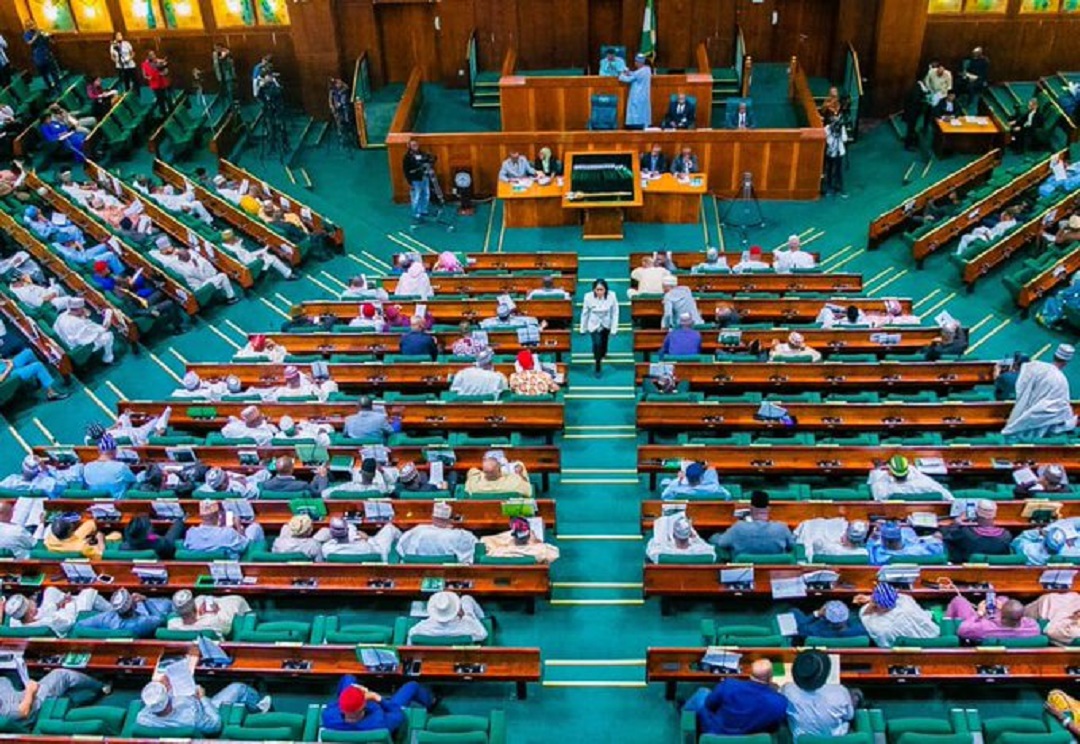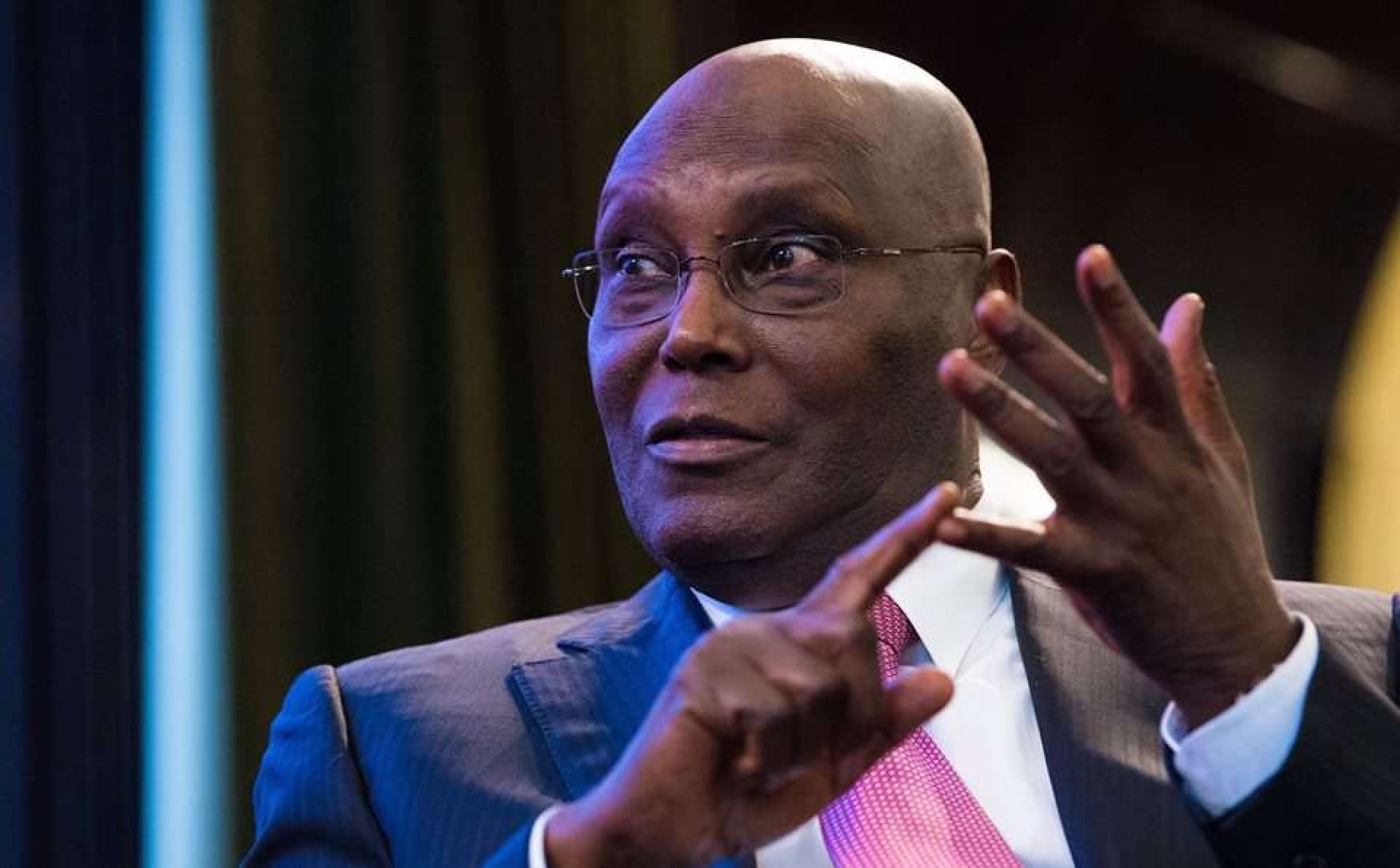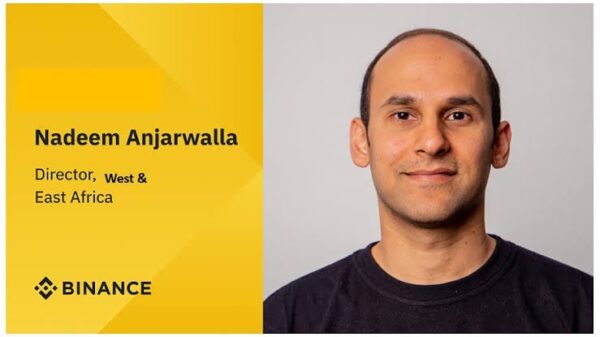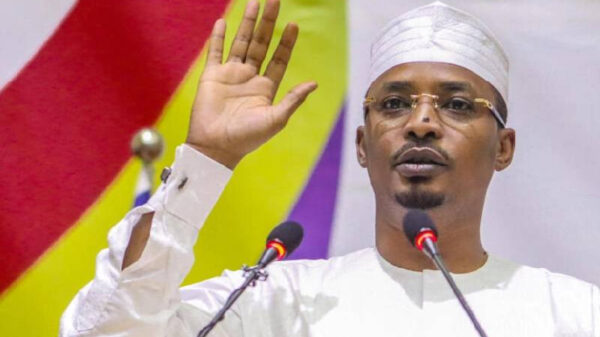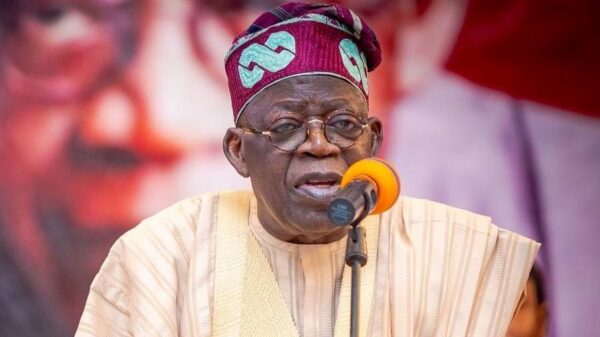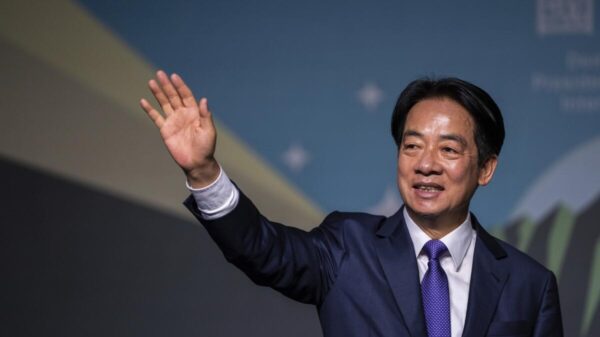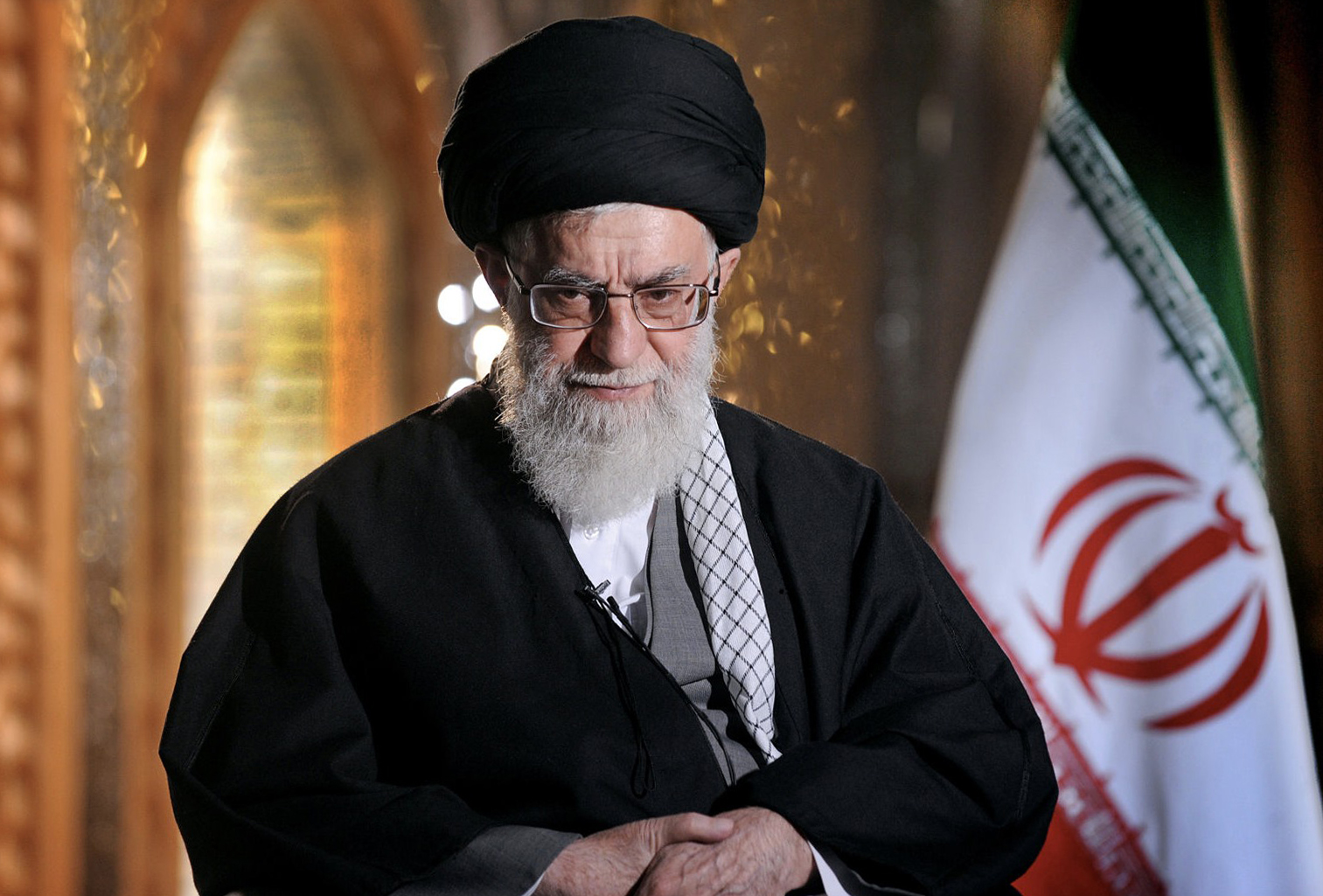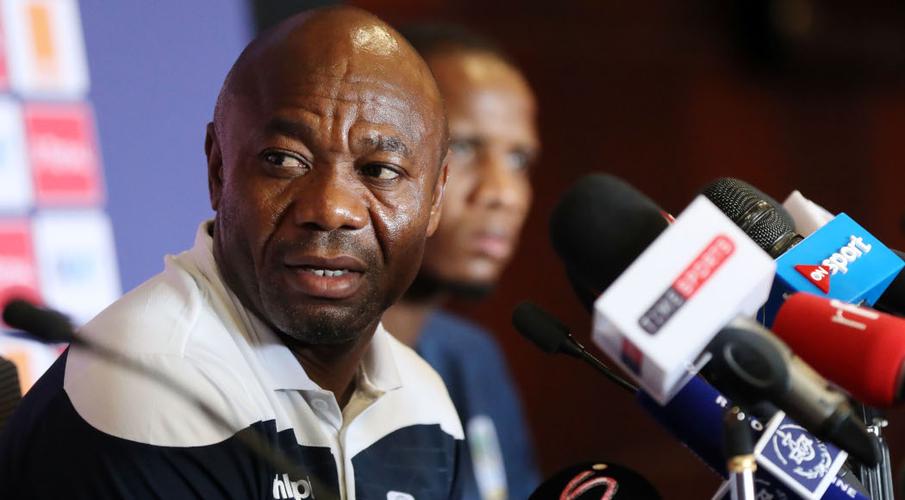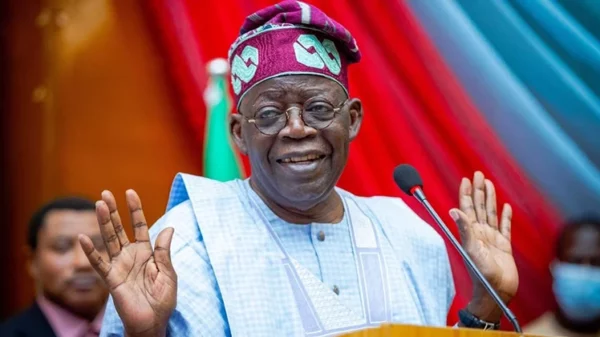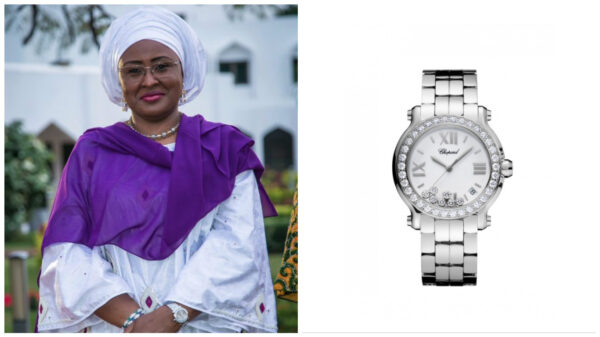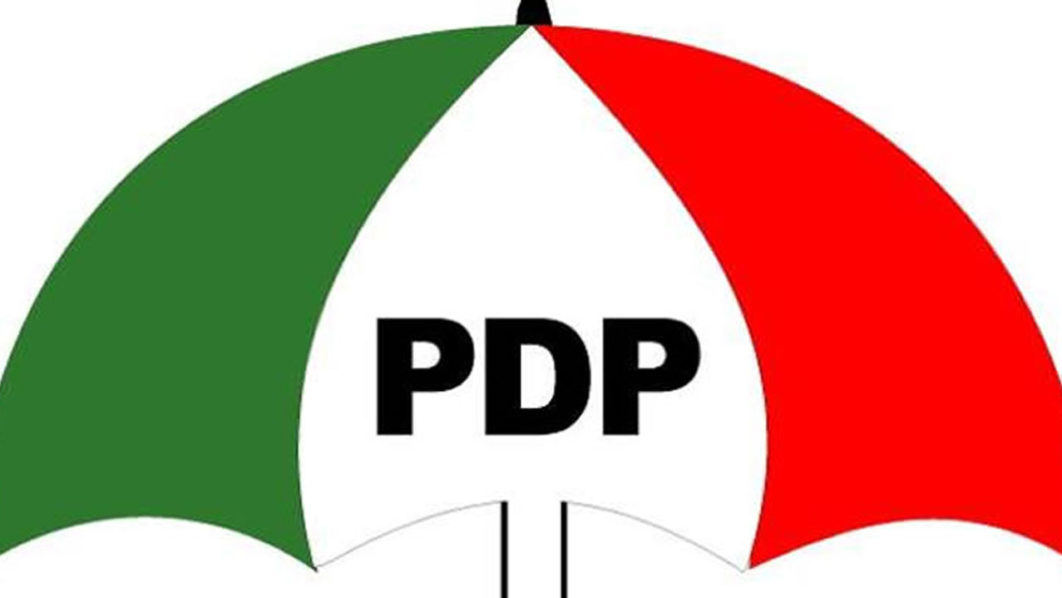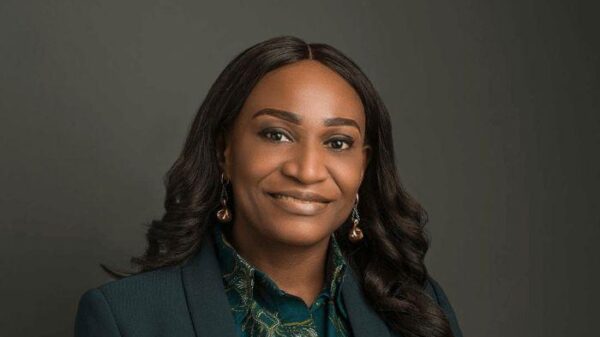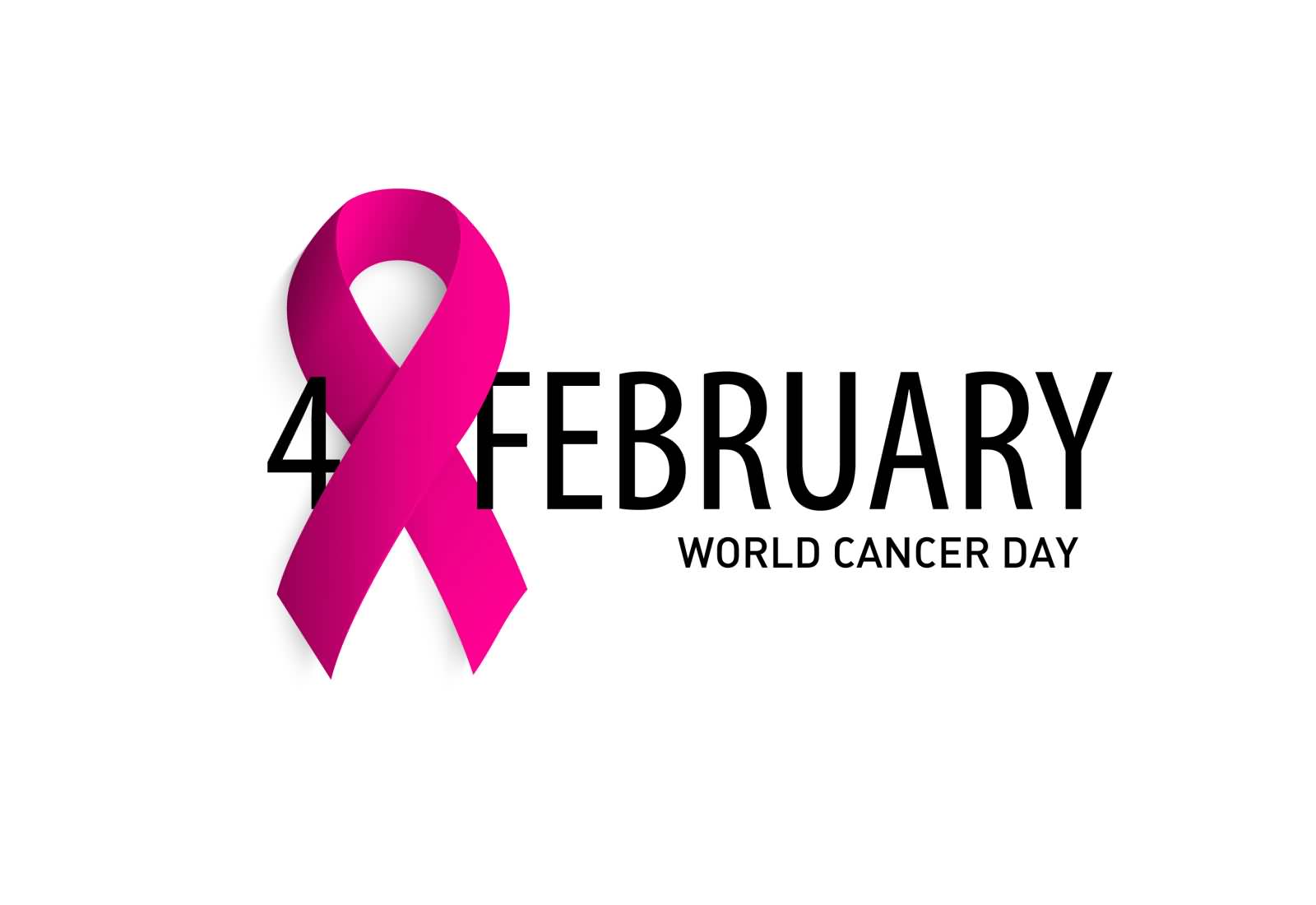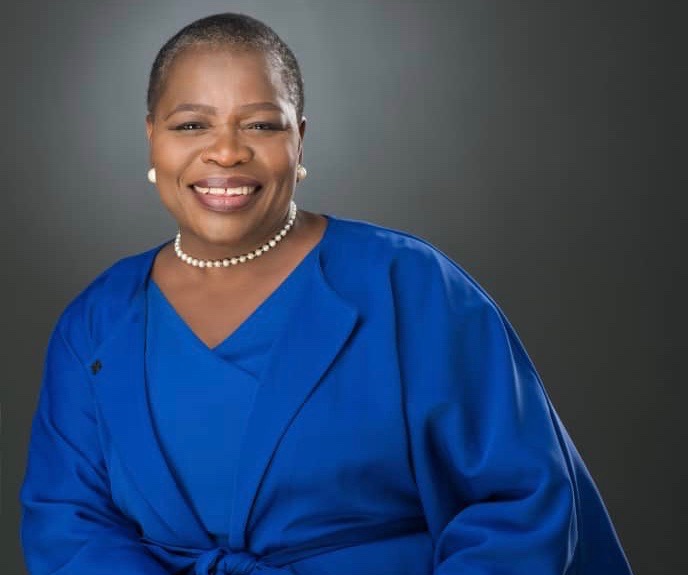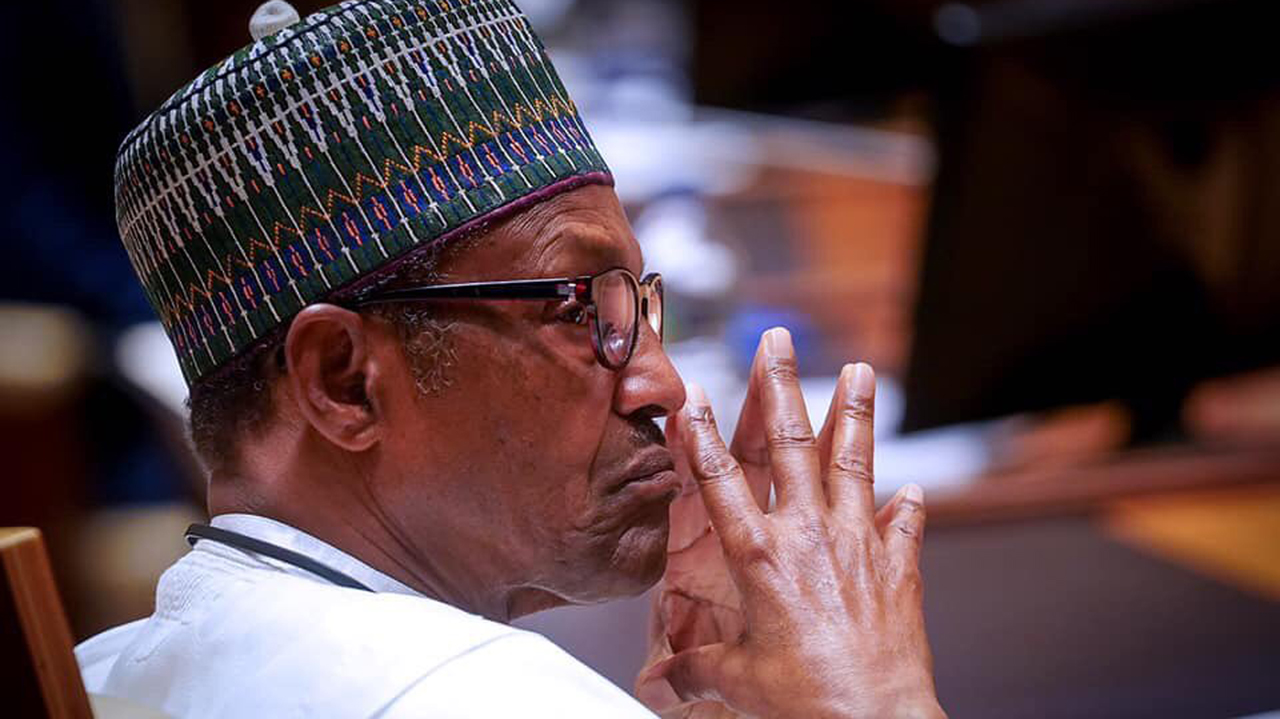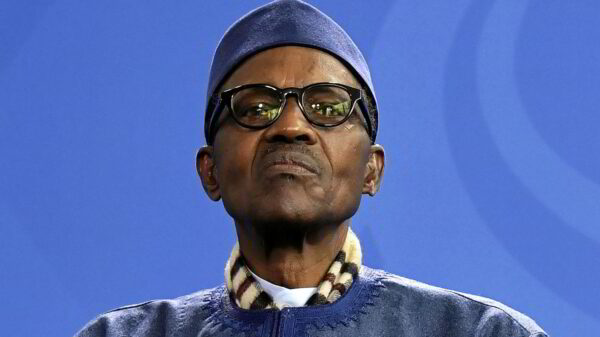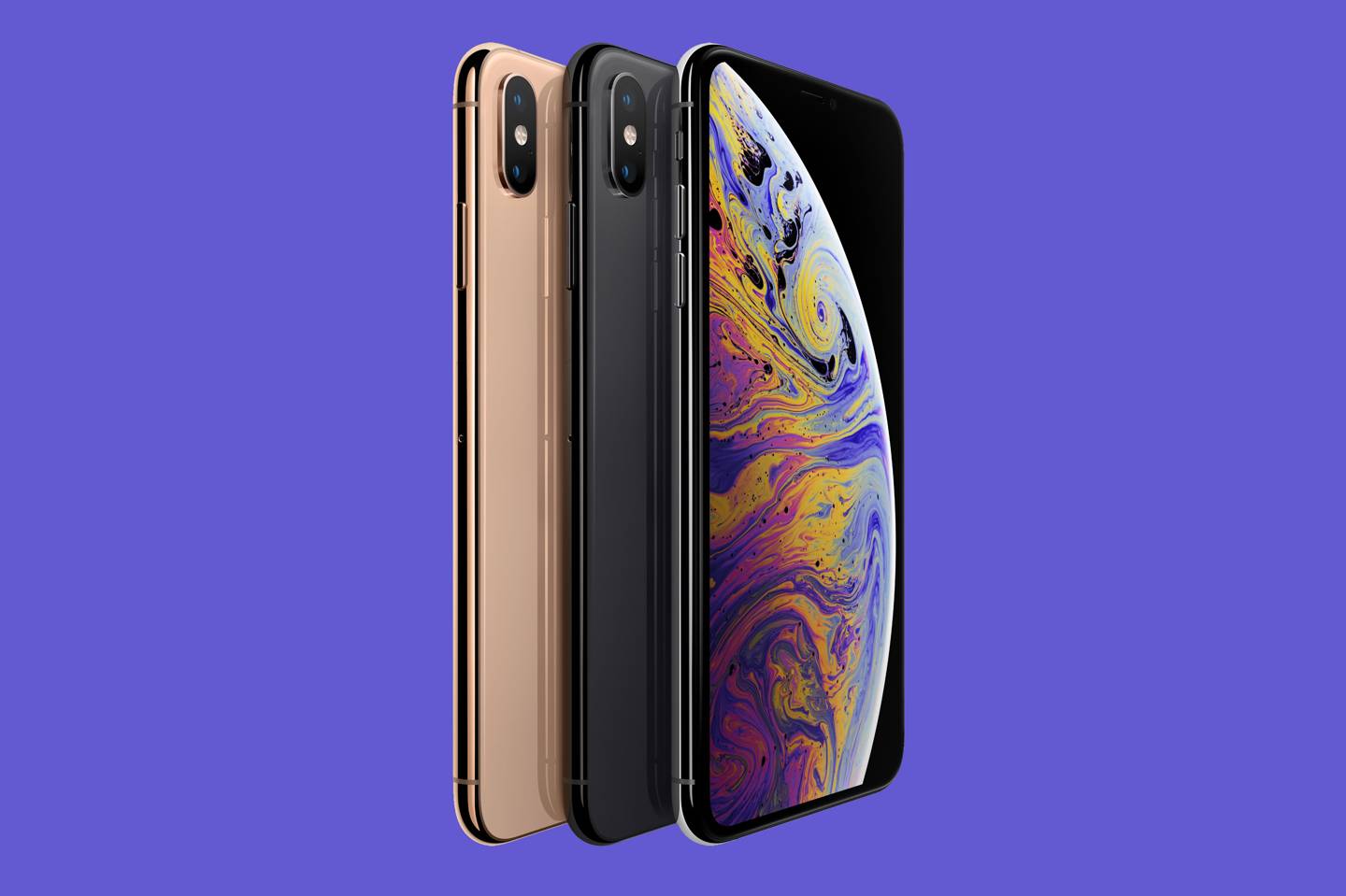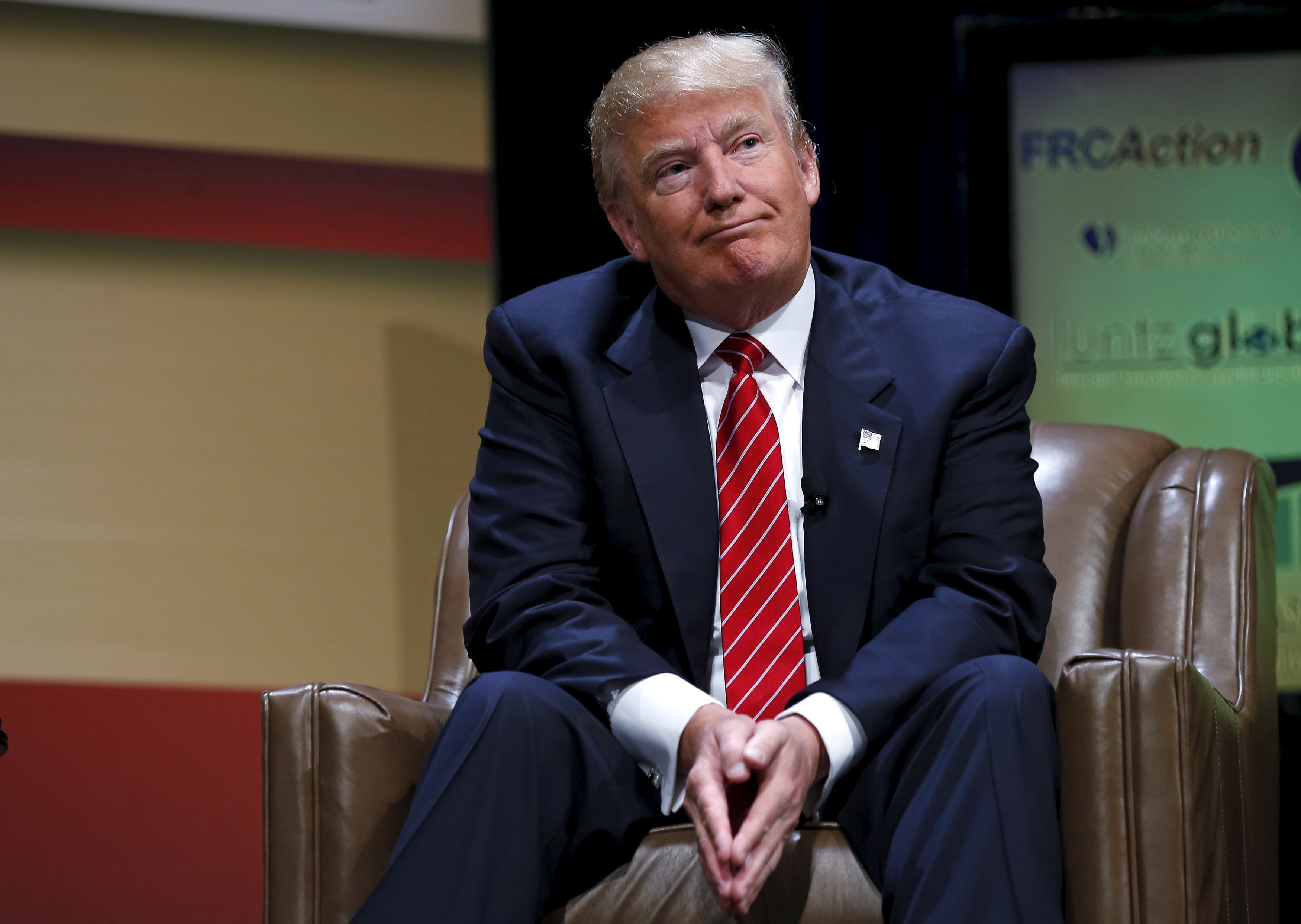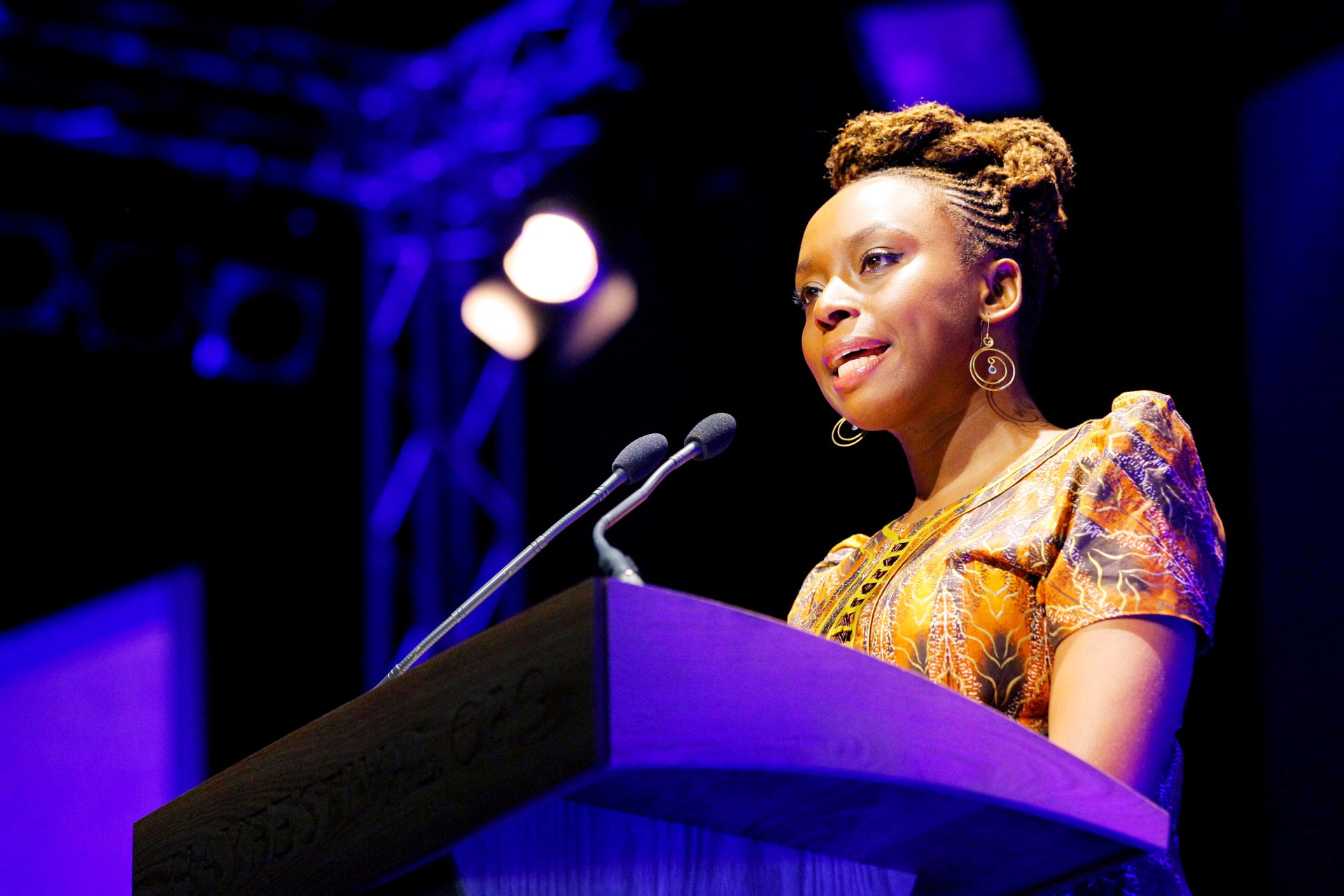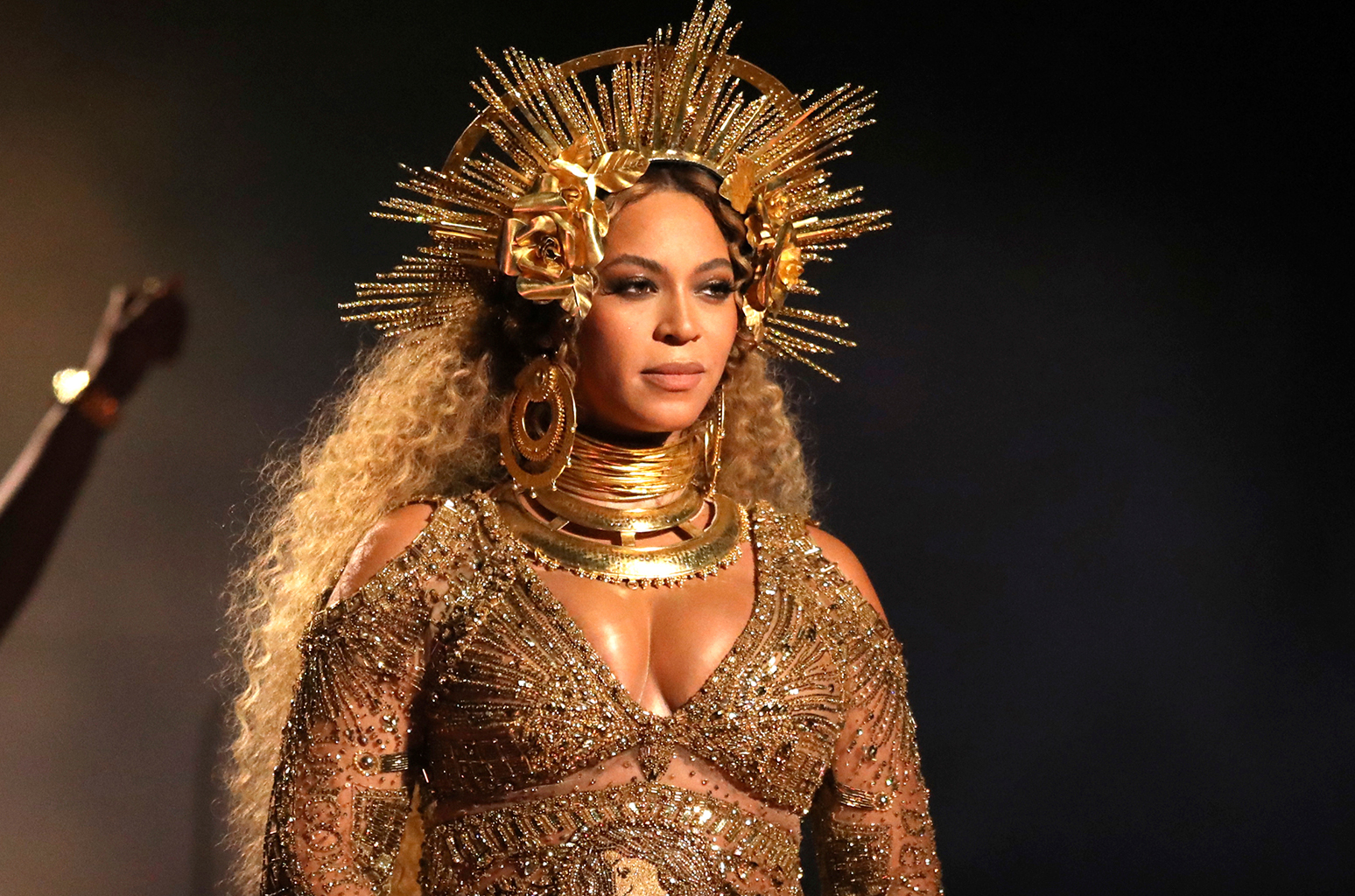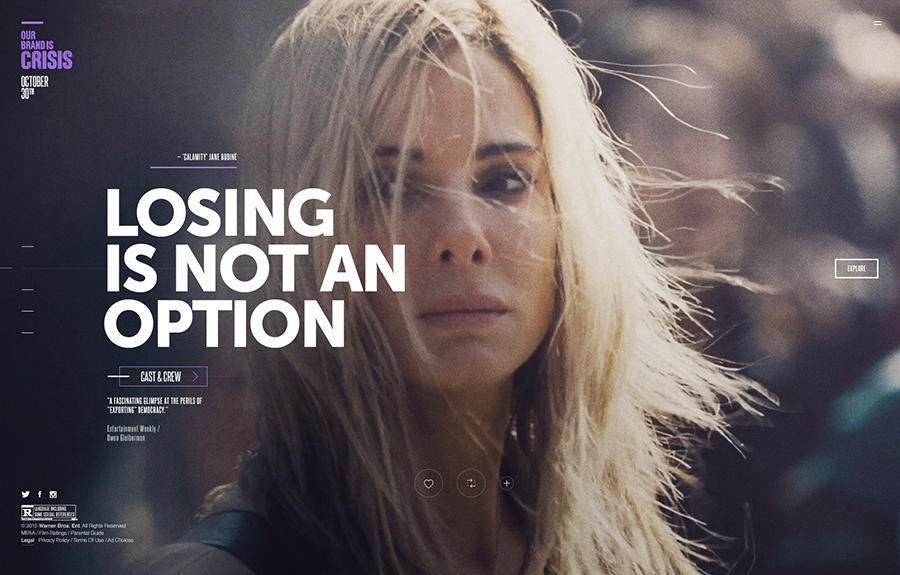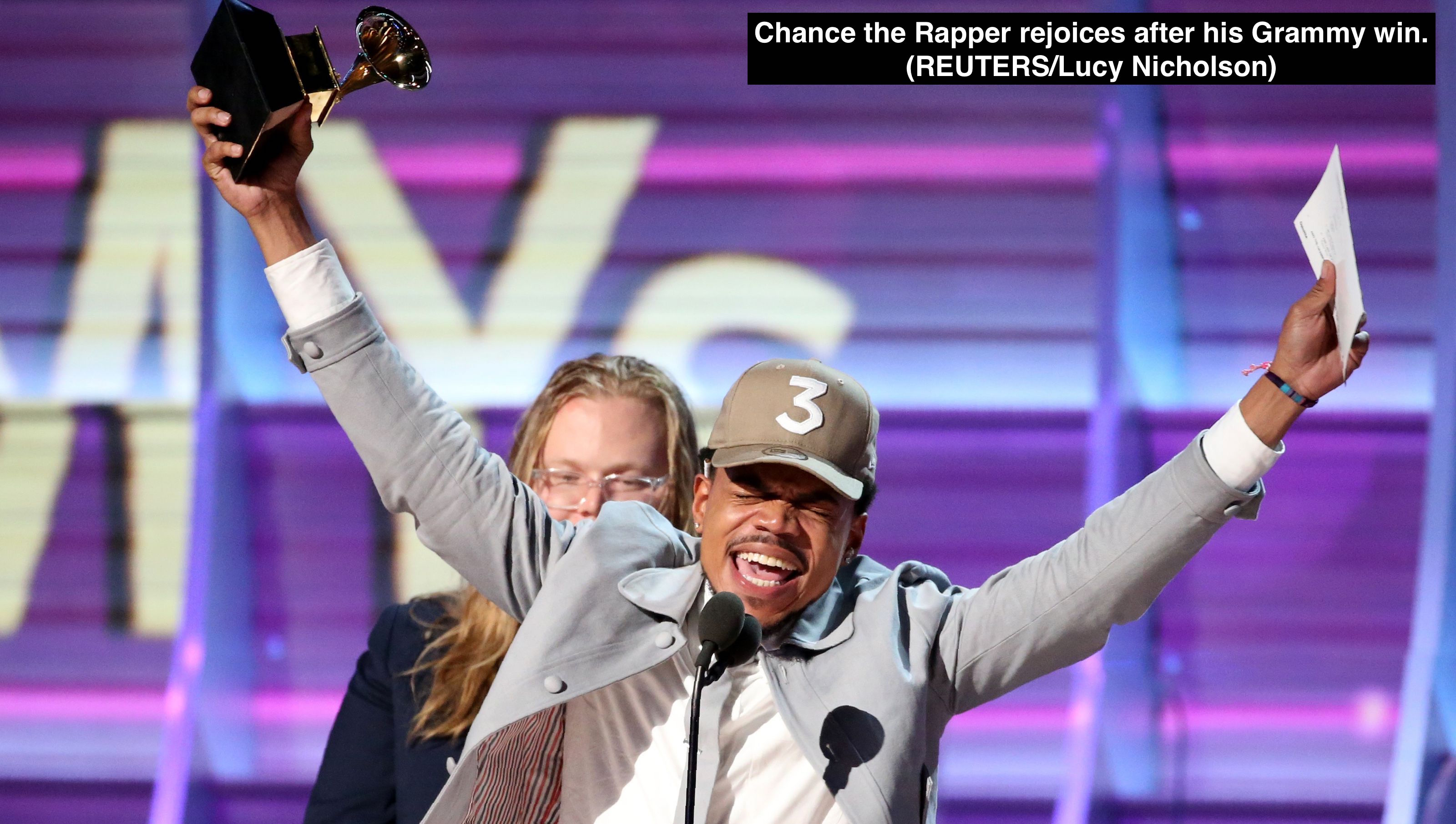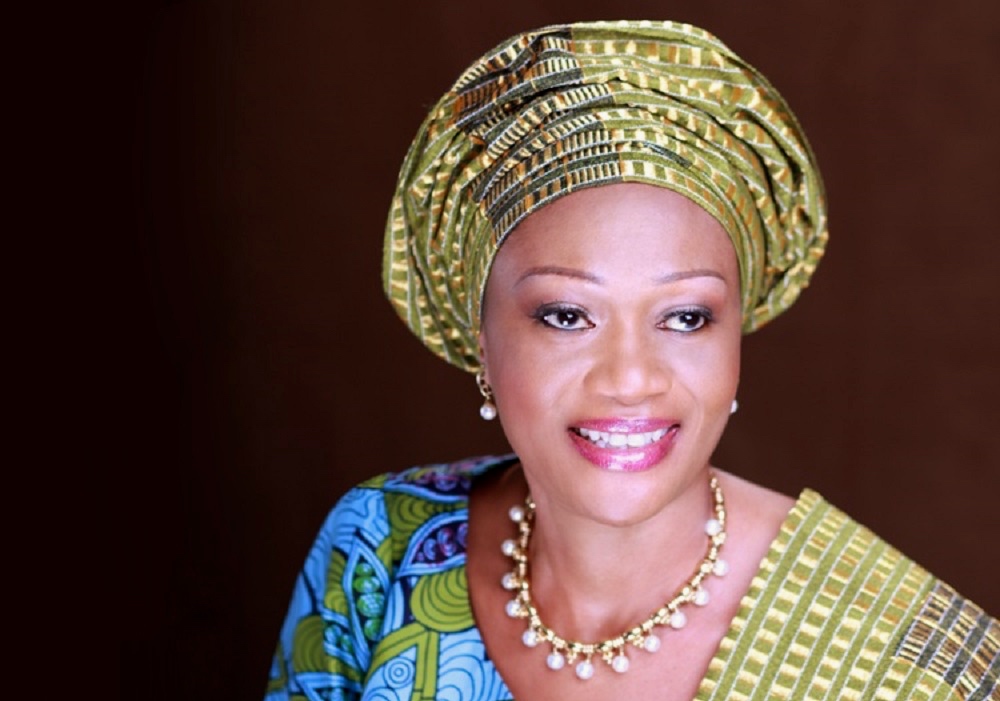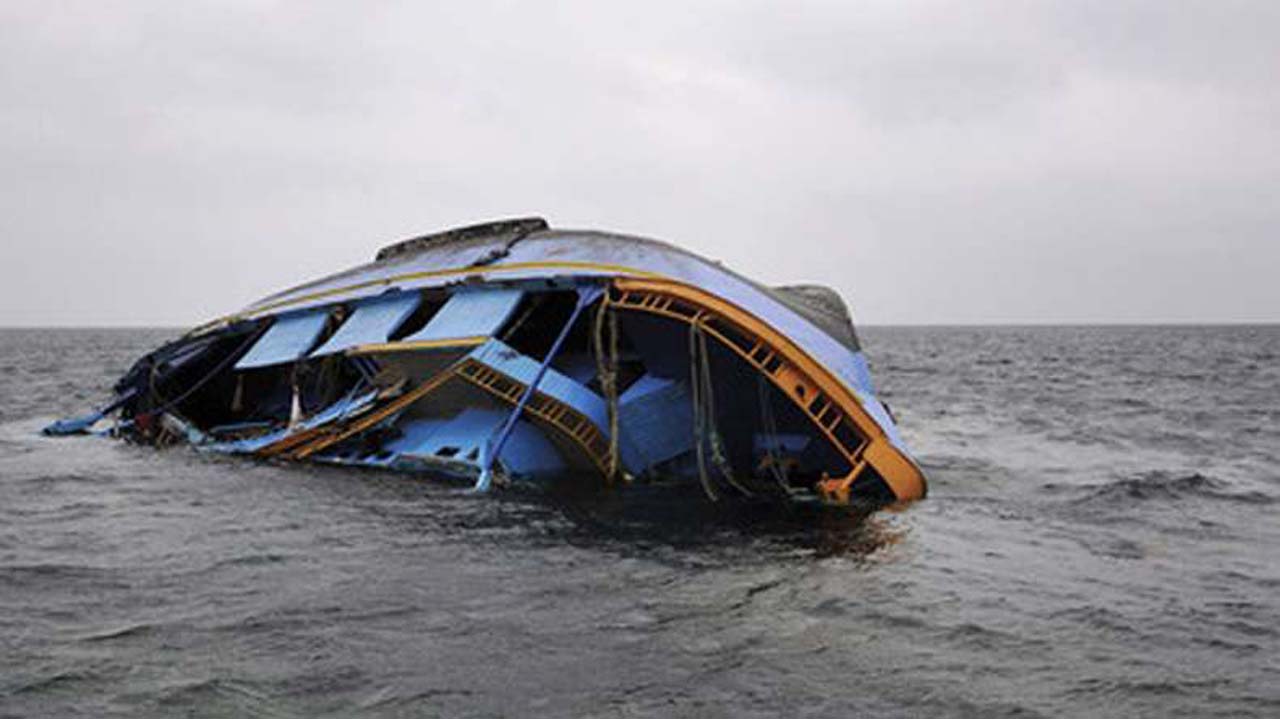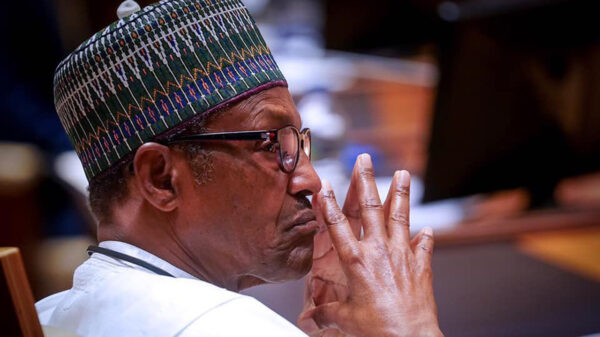By Emeka Mba
I will be 50 years old in a few months, and in my lifetime, I have witnessed incredible developments and changes. From queuing at a NITEL phone booth to make an international call, to waiting on NTA after school to commence broadcast at 4pm, to the entry of mobile phones and purchasing one with my entire annual salary, watching a war unfold before our eyes broadcast live on television from Baghdad, to watching watching television on my cellphone, whilst my Netflix tells me what to watch next after the Wedding Party. I am incredibly lucky to be witness to this new world, and it keeps growing even as it gets smaller and closer.
The world has changed, and it was televised. Digital innovation, changing social norms and the evolution of consumer behavior have revolutionized the audiovisual markets globally, such that the media industry has experienced more changes in the last half decade than the past 50 years, and the next 10 years will see even more drastic changes. Even though some characterize this wave as revolutionary, I see digital as a fundamentally evolutionary process with far reaching implications on how content is created, shared, consumed and monetized.
There is no doubt that the Nigerian media entertainment and communications industries television industry is in the middle of a dramatic transformation, as a result of not just the digital switch over, but fundamentally because of the impact of digital technology driving convergence, impacting not just the broadcasting business value chain, but the entire content industry, from production, distribution to monetization. Two sectors of the audiovisual industry where digital has and continues to shape profoundly the direction and speed of travel has been television and film. For us, Nollywood, as our film industry is often called; despite its deficiencies, has been able to project a measured Nigerian identity to the world, especially in a world today, where brands are an increasingly important form of currency in the global marketplace. Whilst we still struggle to change from analogue to digital television; the fact remains that Broadcasting is a vital part of Nigeria’s communication and information infrastructure.”
Whilst convergence presents significant challenges to the industry, and policy makers given its effect on current business models and regulatory frameworks, and how to determine future trajectories, with the delivery of similar services – video, telephony, data, over same transmission infrastructure. I rather see convergence as a great opportunity. It is also important to note that convergence is not just happening at the level of technology, which is in itself evolutionary; but also at the industry or corporate levels, with acquisitions and takeovers by big multinationals as well as the emergence and metamorphosis of new players, such as Google gradually morphing from a technology to a media company. We also have to contend with market convergence, with the introduction of value added content services by entities other than media companies.
This rather lengthy article is the synthesis of several presentations, discussions and learnings over the last few years with broadcast industry operators, regulators, content owners and telecommunications services providers who are excited and worried about the future of television, and their role in delivering what has become content without borders.
As Nigeria slowly inches its way towards full digital television services with the prospect of analogue TV spectrum switch off, amidst the evolving business models, the regulatory climate will become even more confusing as convergence slowly creeps in, since there is no clear government policy on convergence especially on the regulatory front, with two separate regulators for broadcasting services and telecommunications.
The thoughts I have shared in this write up are informed by my experiences and learnings, and I will be the first to confess that even though my position on regulation in a converged marketplace has not changed radically, it has however evolved somewhat. Whilst I have always stated that at some point in the future, there would be a converged regulator in Nigeria, I have however, been wary of the apparent attempt to make the Broadcast sector the stepchild of this relationship. It has always been the assumption that since, telecoms is the Big Boy in this relationship, it would or should determine the nature of the convergence. The reality however is that convergence is happening because of technology, and consumer adoption of resulting services. There is convergence because of technology, yes! But more fundamentally convergence is happening because of content, without the availability of content that can be created, distributed and shared across platforms, convergence wouldn’t be cool, or sexy! It is content that will ensure the future economic survival of most current telecom firms. Without a play for content, and a clear strategy of how to monetize across the existing infrastructure, most Telcos will find themselves a large fish in an increasingly shrinking pond; they will suffocate under their own weight.
With the technological innovations that have resulted in the convergence of telecommunications, information and broadcasting, our policy and regulatory frameworks – designed for traditional media platforms and industry structures – are no longer able to effectively cope with the emerging characteristics of the converged media environment, resulting in a number of regulatory challenges, which require varying levels of interventions by policy makers. The growing trend globally is to establish a common regulator with responsibilities over telecommunications, information technology and broadcasting to address the challenges posed by convergence.
However, it is important to clarify that creation of a combined regulator cannot on its own be the precondition for taking advantage of the opportunities provided by convergence. This is essentially because while the driving force behind telecommunications regulation has been primarily the liberalization of the sector and promotion of competition, the regulation of broadcasting and media has been mostly influenced by the social and cultural impact of the industry. Even in jurisdictions with converged regulatory regimes, a careful examination of the regulatory models will reveal a wide gulf between information service regulation and telecommunications regulatory regimes.
In fact, according to the RAND Corporation 2008 study on converged regulatory regimes, “a monolithic information regulator is not the sole or not even the best answer to deal with convergence. Even with an integrated regulator, traditional silos remain and new ones emerge. In their paper, “The Next Step for Telecom Regulation: ICT Convergence Regulation or Multisector Utilities Regulation?” Anders Henten, Rohan Samarajiva and William Melody were quick to point out that “regulation of different communication and media areas cannot just be joined together organizationally, expecting synergies to develop from the mere organizational unification process. It must be clearly determined how the different functions relate to one another”.
According to the RAND report, “whilst convergence needs a regulatory/policy response across the whole information delivery chain; this does not mean that all functions have to accrue in one organization, but it requires that there is:
-
- a coordinated application of tools/instruments,
- a central governance structure for the coordination of the activities of different regulators, that allows effective arbitration between Technological Economic and Social (TES) and Administrative, Business and Consumer (ABC) objectives to achieve coherent decisions,
- a system which has the ability to identify, acknowledge and adjust to change.”
Having said this, what is the future of television in this new digitally converged world? What does it mean for industry, consumers and how can regulators tackle the challenges posed by the dynamic converged media marketplace? The following perspective is the result of my experience as operator then regulator in the creative industry spanning over 27 years, the last 12 as regulator of the film and broadcasting agencies of government.
For Television Industry
Our television industry is without doubt in the midst of dramatic transformation, business models and the entire value chain undergoing complex and far reaching re-alignment brought on by the forces of technology. Already in many developed markets, the concept of traditional television has evolved and television is in a fight for its life, largely dependent on whether and how consumers adopt its new services.
The impact of digital and new technologies on the television industry has resulted in more content being produced, distributed and consumed than at any time in the history of television. Interestingly, technology has also made it far easier to search for and locate relevant content, meaning that in a world swarmed by “too much stuff” the ability to search for relevant content has become increasingly important. And not just for consumers, but also for producers and advertisers as well. I remember not too long ago, with the rise of the internet, many predicted the death of television; how the web with the rise of Youtube, and streaming services would bury television, well, that funeral has been postponed. The reality today is that for the vast majority of viewers with connected devices, the internet is actually enhancing their TV experience, rather than undermining it. For instance, if you have a Dstv Explora with internet connectivity, you can not only watch shows you missed, but even continue to watch the shows on your mobile devices when you leave the home. The web in effect has become an effective distribution and acquisition tool, allowing new viewers to become familiar with a show and/or catch up on earlier episodes. And as a friend reminded me the other day, the technologies that enable the web also enable such seamless transportation of content that threatens broadcast transmission with the lesson that a contemporary regulator of broadcasting cannot function effectively without incorporating what underlies the web; content, technologies and evolving consumer attitudes. The rise of the second screen has certainly enabled deep viewer engagement with content, increasing the value of the content and even the creative direction of some shows. TV show runners today realise how important social media engagement has become, and seek creative engagement strategies to promote and market shows and get important creative feedback.
Despite all the clutter of unlimited content out there, channels and programme brands will remain, and even become increasingly valuable in a digital space. Linear TV will not die but become increasingly curated social and interactive; focusing on live and event reality driven shows, whilst the second screen becomes more involved in the curation and monetization of content.
As we learn to come to terms with the new world of digital broadcasting, let me share with you my vision of the future, and some things which I consider to be fundamental truths about television and broadcasting in general:
- Television whether free to air, or paid, will remain for the most part fundamentally a cultural product that is firmly rooted and clothed in a national cultural context, with its own sensitivities and habits. There is not now or ever would there be such a thing as international television!
- Broadcasting will continue to play a key role in national social cohesion, and
- It is content, not technology that will drive the widespread adoption of digital television services. This has already been proved with the growing adoption of OTT services
- The physical box no longer defines television; it now generally refers to the content that is consumed on a multitude of devices;
- Television is no longer a mere entertainment tool, it has evolved into a comprehensive information terminal.” Liu Shabai, Vice President of Hunan TV and Broadcast Intermediary Co. Ltd. (TBI).
- Social media impact on content consumption patterns and creative direction will grow, whilst strong television brands will continue to dominate the tv landscape.
- Ironically, despite the fact that digital has lowered barriers to production of distribution of content, global media conglomerates will still dominate the media entertainment landscape for some time.
Implications for Regulators: Given that my last assignment over the last 20 years have been spent as a regulator or working with regulators; I will focus attention on how regulators should in my view deal with the issue of convergence. The first real piece of advice is to understand the fundamental notion of digital technology itself as a dimension, and not just a function; and that it is constantly evolving. The second is to realise that the number one goal of a regulator is to identify “the bad seeds, and reduce harm’; and to do that they must understand what Professor Malcom Sparrow calls the “character of harms”.
I will attempt a further explanation by using the words of Dr. Terry Cutler few years ago, when he said that “the art of policy making in Cyberspace is to accept that the information revolution has happened, and to go on to shape this new global commonwealth of information on the basis of enduring social and community values and of economic equity”. According to Dr. Cutler the challenge before regulators and industry is to recognise the imperatives of the changing order, and decide whether we want to be active “participants in change, or spectators and perhaps victims of change”.
This is important because regulators especially in Nigeria, tend to regard any new technology as something that ought to be regulated, instead of asking how to adapt their regulatory frameworks to deal with the new order, and what should be the role of regulators going forward. This for me is the most important learning arising from the first advice above, understanding the dynamics of digital evolution, which is beyond a function but a dimensional process that is constantly changing and evolving, mixing with other elements such as consumer behavior, industry structure, and mutating right before our eyes. Sometimes, we may not even recognize the changes before our eyes. Therefore, the most important takeaway for regulators in this era of convergence is how to understand the marketplace and invent new sets of regulatory frameworks that are able to ensure Nigeria’s competitive advantage within the fast-paced digital economy. In short, how do we as a nation learn to use our regulatory smarts to structure sustainable growth in the Information Technology and digital content sectors for wealth creation and economic growth.
Rules for Regulators and Policy makers: As stated above regulators and policy makers must learn how to reinvent and innovate in order to survive and ensure the growth of converged services. I have attempted a thought streams that should be included within the regulator’s toolkit:
- A new regulatory mindset borne out of a deep understanding of the dynamics of digital is required; this digital mindset will lead to the adoption of the right sets of toolkits that are fit for purpose in a converged marketplace. Applying an analogue mindset and toolkit to digital problems will surely lead to failure.
- Note that convergence which can occur on several different levels, is also a global phenomenon, therefore policy and regulations must consider the realities of the dynamics of a global industry and the impact of such to local realities.
- Decide on the expected outcome; what objective should be achieved by the intended regulation? From expected outcomes for the consumers, cost to the industry if known, and cost of regulation to the regulator, these must be clearly spelt out. Whether the goals are industry growth, adoption of new services, wider access of services by consumers, the expected outcomes are important since regulation is never an end in itself. In fact, if the desired outcomes can be achieved without regulation, then the proper regulatory attitude is not to regulate. If there is not a demonstrable net benefit, regulatory intervention is inadvisable.
- Engage! Adapt! & Innovate: As the converged marketplace constantly evolves, it is important for regulators to engage the industry and adapt as quickly as possible given the previously stated goals and objectives of the intended regulation or policy. In a digital world, nothing is standing still. You are shooting at moving targets. It is also important to review the goals and objectives from time to time to ensure that they are in tune with changing consumer taste as well as national goals.
- Finally, regulators must also not take steps that could impede convergence especially if there is no undesirable concentration of market power, and avoid different treatment of competitors, as well as reduce regulation as competition in the marketplace increases, especially where there are known substitutes for regulated services.
Final thoughts: We are living in very interesting times; a period that is rapidly changing before our eyes, where technology which drives this constant change is itself constantly changing. Perhaps no other sector has experienced the impact digital transformation like the media sector, where digital has drastically changed the competitive landscape in media and entertainment, so that traditional media companies are no longer just competing with each other, but also with companies like Google, Microsoft, Telefónica and even Red Bull or Coca Cola. This season of convergence is upon us, and it is unlikely to end. Even though there is the absence of a clear government policy on convergence, the fact is that convergence is here to stay, and therefore as Nigeria marches on towards the analogue TV switch off, a serious conversation about how to ensure growth of the broadcast/media & entertainment industry is required, especially as the social relevance of television content will increase.
For content creators, it is also important to note that those who will rule successfully in this new digital kingdom are those who know how to create powerful brands that connect content to viewers wherever they are, whenever and however they want it. In a digital world, content remains the King, yet context and relevance effectively act as kingmakers.
As convergence grows, regulators are faced with the dilemma of balancing regulations to achieve a fully competitive multi platform market whilst protecting consumer interests, and at the same time seek to protect and promote investment and competitiveness in the sector. It is true that technological and regulatory interventions impact the structure and trajectory of industry growth, yet, regulators must note that regulation in itself does not solve all problems or build institutions; likewise industry players should note that decisions they make or dont take in response to these external forces or interventions also play a key role in shaping outcomes. In my mind, what is most required for both sides, is a new digital mindset and creative thought leadership which recognises that digital technology is not a function but a dimension, that is disruptive no doubt, yet evolutionary.
Emeka Mba is the former Director General of the National Broadcasting Commission, NBC
__________
Follow us on Twitter at @thesignalng
Copyright 2017 SIGNAL. Permission to use portions of this article is granted provided appropriate credits are given to www.signalng.com and other relevant sources.

